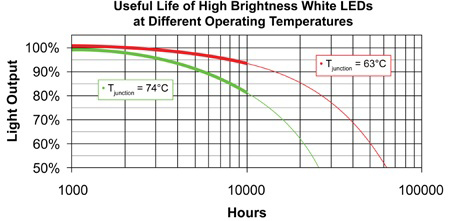howyegettinon
New member
Hi,
All my parts and lights have arrived and I am about to start building my own LED lights.
My question is what is the MAX LED's I can safely use on my heatsink. I don't have cooler fans at the moment but may look into it, if there is a big increase.
So how many LED's can I use without and with a cooling fan.
I will be using two Black Anodized Aluminium heatsinks 30cm x 12cm x 2cm
3x Mean Well ELN-60-48D 60W 48V 1.3A Power Supply LED Driver (Dimmable)
The lights that I have - I ordered extra as they were cheaper to buy in 10's
5x 3W 420nm - 425nm Super Actinic Violet Blue
20x CREE XP-E 3W Royal Blue LED 450-455nm
10x CREE XP-E 3W Warm White
10x CREE XP-E 3W Cool White
Also I will be using Arctic Silver Premium Silver Thermal Adhesive - is there any issues using this on anodized heatsinks?
Would there be any benefit to sand down the area for LED's to stick directly to the aluminium?
All my parts and lights have arrived and I am about to start building my own LED lights.
My question is what is the MAX LED's I can safely use on my heatsink. I don't have cooler fans at the moment but may look into it, if there is a big increase.
So how many LED's can I use without and with a cooling fan.
I will be using two Black Anodized Aluminium heatsinks 30cm x 12cm x 2cm
3x Mean Well ELN-60-48D 60W 48V 1.3A Power Supply LED Driver (Dimmable)
The lights that I have - I ordered extra as they were cheaper to buy in 10's
5x 3W 420nm - 425nm Super Actinic Violet Blue
20x CREE XP-E 3W Royal Blue LED 450-455nm
10x CREE XP-E 3W Warm White
10x CREE XP-E 3W Cool White
Also I will be using Arctic Silver Premium Silver Thermal Adhesive - is there any issues using this on anodized heatsinks?
Would there be any benefit to sand down the area for LED's to stick directly to the aluminium?



